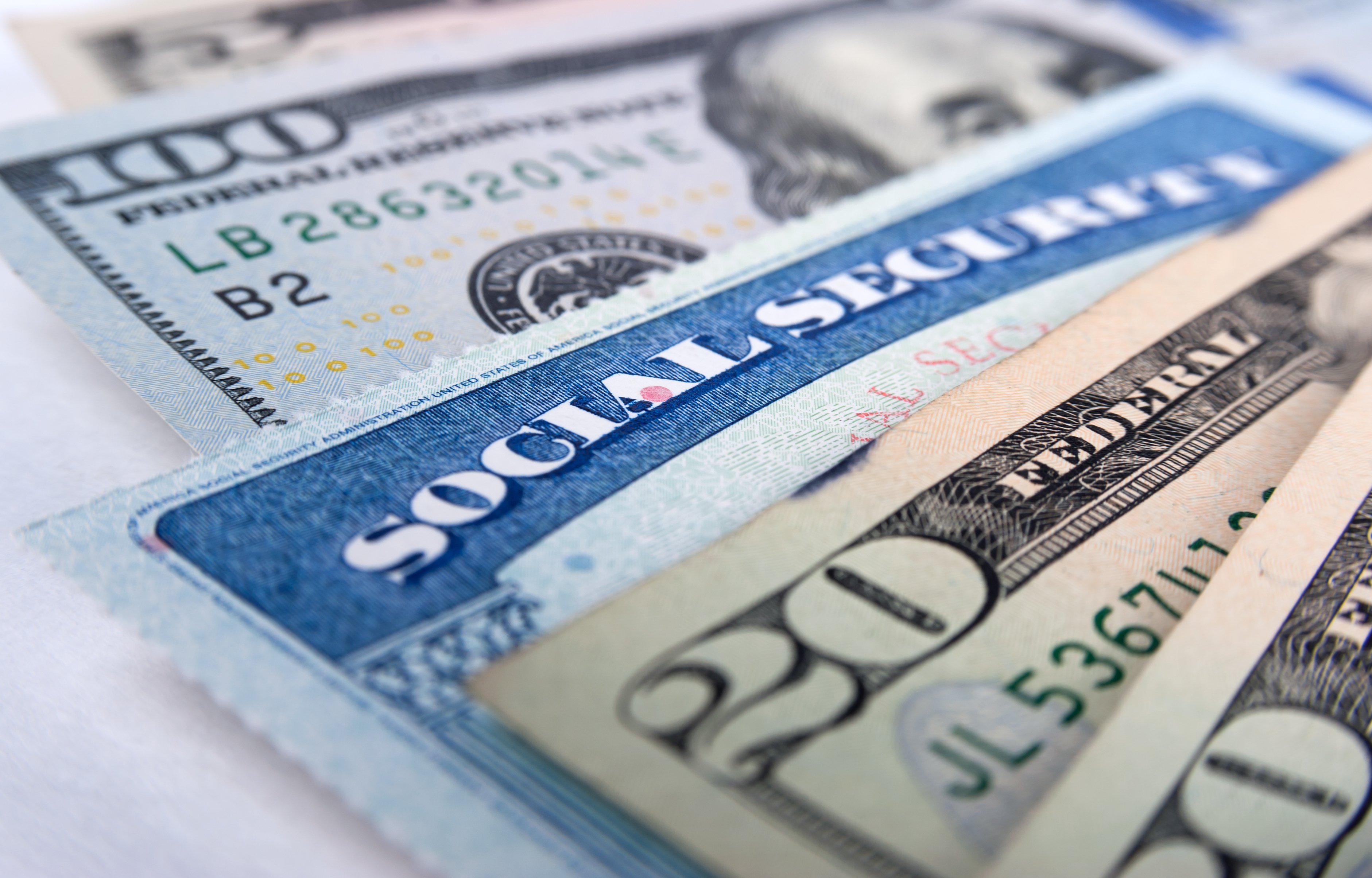I cannot estimate the number of times I've sat down in my living room with pen and paper, hoping to map out a clear retirement plan. While I now have a solid plan in place, thanks to stopping long enough to gain the wisdom of others, I'm still amazed by how complicated it can all feel. The "what-ifs" often lead to more questions than answers.
It's that kind of confusion that led Bill Bengen -- an MIT-trained aerospace engineer turned financial advisor -- to search for the answer to one of his clients' frequently asked questions: "When I get to retirement, how much can I spend?"
The answer Bengen came up with makes sense to me, and here's why.

Image source: Getty Images.
1. It started with a spreadsheet and a data book
Bengen decided to take a deep dive into the subject by investigating how much a retiree can safely withdraw from their retirement account each year without depleting their funds over 30 years.
In 1994, after exhaustive research, Bengen published his findings in the Journal of Financial Planning. The figure he came up with at the time was closer to 4.15%, but rounding down to the "4% rule" makes it simpler to remember. The 4% rule posits that a retiree can withdraw approximately 4% of their savings each year, adjusting for inflation annually.
If interviews with Bill Bengen are any indication, the man hasn't slowed down or lost his curious nature or passion for refining retirement withdrawal strategies. In fact, Bengen recently released a new book, A Richer Retirement: Supercharging the 4% Rule to Spend More and Enjoy More.
What Bengen has discovered in the 31 years since the 4% rule was born is that some retirees can withdraw more than 4% (sometimes, much more) without fear of running out of money.
His new book suggests that a safe withdrawal rate for most retirees is now 4.7%. According to Bengen's calculations, some retirees have an average safe rate of 7.1% annually.
It's important to note that Bengen's theory is based heavily on historical data and is not guaranteed to hold true in the future. Still, I respect the 4.7% rule, despite knowing it's not perfect.
2. Bengen takes a non-emotional approach
While I've always been interested in finances, I'm convinced that the main reason I became obsessed with retirement planning has more to do with anxiety. Whenever I became anxious about future finances, I'd focus my attention on retirement-related products, such as 401(k)s, annuities, and even investment mistakes. I've always been an equal-opportunity worrier.
What appeals to me about Bill Bengen is his remarkably non-emotional approach. Bengen doesn't run around like his hair is on fire; he systematically seeks answers through extensive research, vast amounts of data, and rigorous scientific methods.
3. There's a heavy emphasis on historical data
As he developed the initial 4% rule, Bengen tested 400 various retirement scenarios to determine what works and, just as importantly, what doesn't work. The rate he came up with is based on these portfolio assumptions:
- Money is held in a tax-advantaged account.
- At the end of the 30-year time period, the end balance would reach zero.
- The portfolio consists of 60% stocks and 40% bonds.
- Annual rebalancing would reset the portfolio to its target weighting.
Bengen recreated retirement portfolios from 1926 onward and analyzed each using historical market data from that time.
4. Bengen embraced the worst-case scenario
Of the 400 scenarios Bengen studied, the worst belonged to someone who retired in 1968 -- a notoriously bad time for retirement. Not only did retirees in the late 1960s face two bear markets within six years, but they also dealt with an entire decade of inflation.
To put this into context, today's rate of inflation is just shy of 3%. As you consider the financial pinch of the current rate, imagine what it was like in the 1970s when the annual inflation rate never fell below 3.3% (1972) and reached its peak at 11.3% (1979). Through the decade, the average inflation rate was 7.09%.
And it was into that inflationary nightmare the worst-case scenario retired. Of the 400 cases Bengen studied, only the 1968 retiree required a withdrawal rate as low as 4.15%.
After hours of reading about Bengen's research and watching interview after interview, I recognize why the 4.7% rule makes so much sense to me. Bengen doesn't pretend it's a perfect solution. He's the first to say the 4.7% rule is not infallible and it's not for everyone. However, it can serve as a good starting point.
While a withdrawal strategy that makes more sense may emerge before my husband retires, right now 4.7% is a winner in my book -- particularly because I can adjust it as needed in retirement. For example, if the market is tanking, I can lower the percentage and preserve our assets. And depending on how well the market is performing, I may even be able to increase that percentage slightly.
For me, it's about adopting a strategy that's flexible enough to change with the market, and that's what Bengen came up with.





